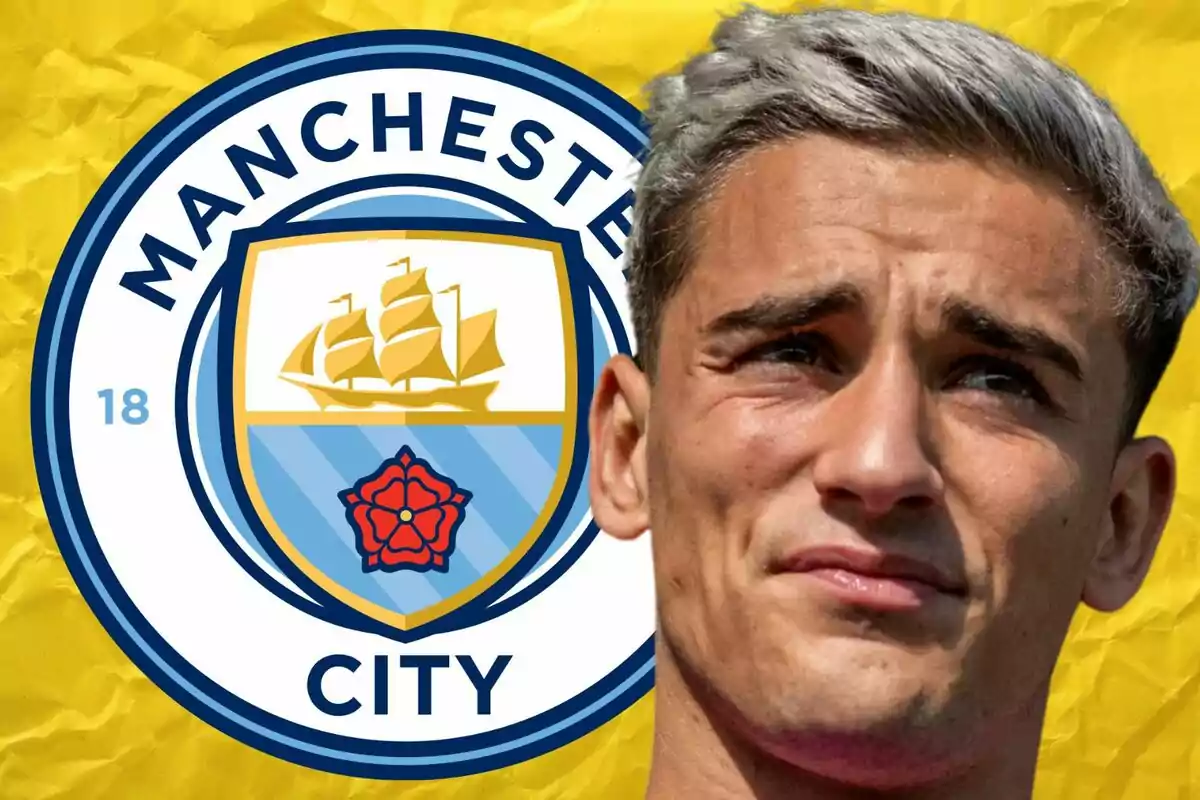After several months away from the field due to a long-term injury, Gavi has returned to Barça's routine with the energy and determination that define him. His participation in the first training sessions and preseason friendlies has made it clear that his recovery has been complete. He has also shown that he still has the qualities that made him one of the most important players in the squad in recent seasons.
The footballer trained at La Masia has shown from the very beginning his usual intensity, his ability to press, and his commitment in every action. These positive signs not only reassure the coaching staff and the fans, but they also reinforce the idea that the team will have a key piece from the start. His return expands Hansi Flick's options when it comes to building a competitive midfield that can adapt to different match situations.
A return that alters internal competition
Gavi's good form is not only great news for Barcelona; it also means a change in the internal landscape of the squad. Until just a few weeks ago, Frenkie de Jong seemed to have his place as an undisputed starter alongside Pedri in midfield secured. However, the high level shown by the academy graduate in preseason has opened the door for the Dutchman to see his prominence reduced in certain line-ups.
Flick values the qualities of both footballers, but he is aware that, in some matches, a more physical and aggressive profile like Gavi's can provide an important boost. This situation could lead to De Jong being reserved or adapted to other roles, while the young Andalusian gains ground in the fight for a spot in the starting eleven.
Two profiles, two playing styles
The competition between Gavi and De Jong is not just a matter of individual performance, but of tactical approach. The Dutchman offers ball control, the ability to carry the ball and break lines from the back, and a privileged vision to start attacks. Meanwhile, Gavi provides pressure after losing possession, intensity in every play, and a speed of circulation that raises the collective tempo.
For Flick, having these two options is a privilege that allows him to vary the approach depending on the opponent and the moment of the match. The decision of whom to line up will not be fixed, but will probably adapt to each competitive context. What does seem certain is that Gavi's return has raised the standards in the culé midfield, and that this internal competition could become a driving force for performance.

